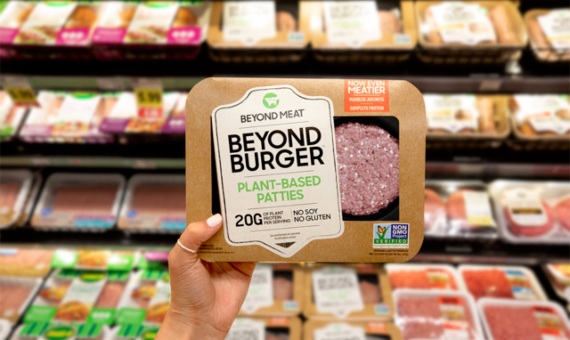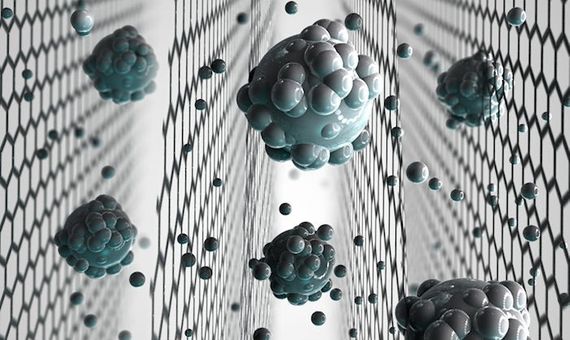Every March 22nd since 1993, we have the opportunity to learn more about issues related to water. World Water Day serves as a source of inspiration to share problems related to water consumption and scarcity, and adopt measures to mitigate their impact. The state of climate emergency in which today’s society lives has led to problems like droughts and flooding that directly affect access to potable water in many places on the planet. While awaiting the promising research on the existence of water on Mars to bear fruit, on Earth we have many ways to improve how we manage water resources.

Sustainable food: the key to not wasting water
Human food is also a key factor in managing water consumption. Did you know that a significant portion of greenhouse gas emissions come from meat production? Indirect processes like the amount of resources allocated to feeding the animals inefficiently uses large areas of land and water. For example, producing a kilogram of beef takes 15,000 liters of water.

However, although it is already possible to replace meat with alternative products, international organizations warn that these advances could have an minimal impact on reducing water consumption if they are not accompanied by measures to optimize the food industry by introducing technologies that reduce its environmental impact.
Innovation to guarantee access to potable water
Luckily, technology already offers innovative solutions to address the water problem. Some of the most promising technological proposals to expand access to potable water include systems that extract water from the driest air using only solar energy in desert areas, or o a graphene oxide sieve that retains salt, allowing only water to pass — a very useful system to desalinate salt water. Another example of small innovations that are capable of producing big change is a straw with a filtration system that eliminates protozoa and bacteria, chemical compounds and dissolved metals, and is also capable of filtering enough water for the consumption of one person in three years. There are even proposals as surprising as a book whose pages kill microbes in water, providing water free of germs for four years.

“However, in the words of Fernando Valladares, Research Professor at the Spanish National Research Council (CSIC), where he leads the Ecology and Global Change group at the National Museum of Natural Sciences, technology actually allows us to increase the efficiency with which we use water and extract it from more remote locations that were previously inaccessible. However, there is a limit. As there are so many throughout the planet, it is no longer just a technology issue; the improvement relies on a more rational use and would require a classification of different types of water.
If apart from consuming less water and making it potable more easily, we also manage to recycle our own waste, we will be closer to finding the solution to the water problem. For example, the system designed by the Geosciences Professor Christopher House, a tank that digests human waste to produce methane gas and also serves to feed a reactor where edible bacteria like methylococcus capsulatus grow. The biomass generated in this process is 52 percent protein and 36 percent fat, and can be consumed directly or used as food for fish farms.
Comments on this publication